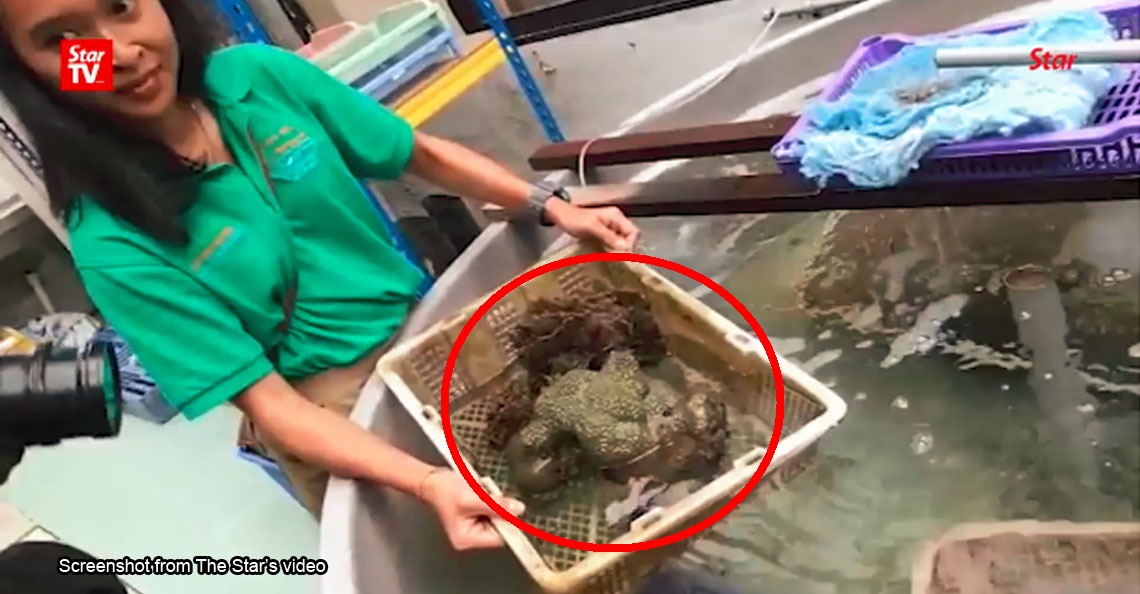How one longkang made Kedah the biggest rice producer in Malaysia
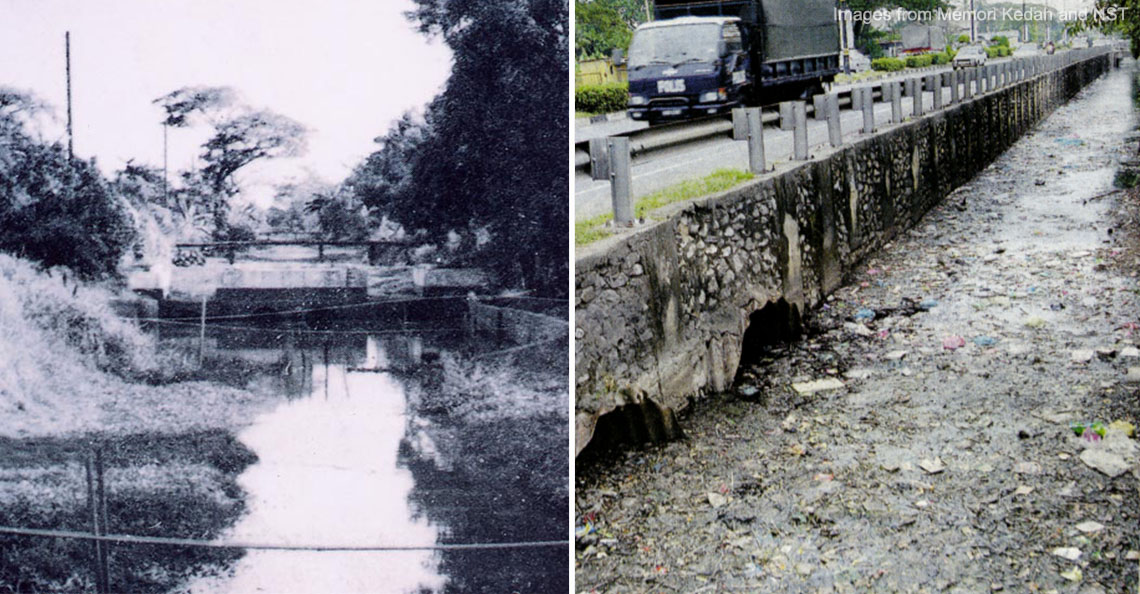
- 1.3KShares
- Facebook1.3K
- Twitter6
- LinkedIn5
- Email4
- WhatsApp21
Just like Malaysian rivers, longkangs are typically known for their hidden ‘treasures’ and colours that might remind you of the teh tarik at the mamak. We’re pretty sure you won’t think of a longkang as a contributor to the economic growth of a state.
Well, that is unless you’re talking about this specific longkang in Kedah…
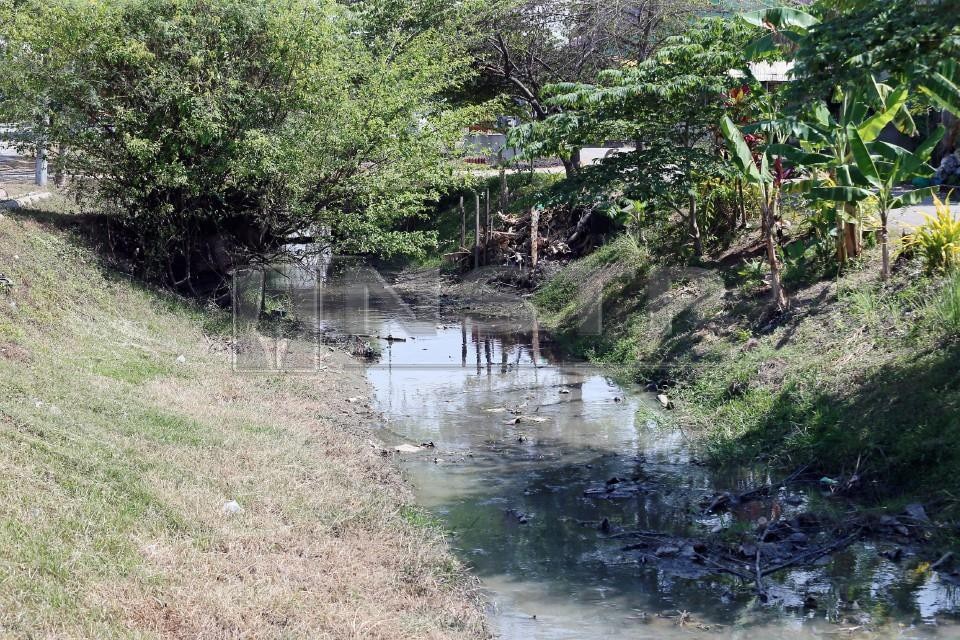
…that is actually a 136-year-old canal known as the Terusan Wan Mat Saman. This canal, which is Malaysia’s longest canal btw, made Kedah the main exporter of rice in Malaysia for YEARS, giving the state its Jelapang Padi Malaysia nickname.
The canal was named after Dato’ Wan Muhammad Saman aka Wan Mat Saman, Kedah’s Prime Minister at that time.
Wan Mat Saman was inspired by the canals in Bangkok
NOTE: This story heavily relies on research made by a group of researchers from Universiti Utara Malaysia (UUM) and the sources cited by them (mostly books from libraries).
In the 1800s, villagers in Kedah heavily relied on rain as the source of water for their paddy fields. But the main problem with this method was when it rained heavily, causing a massive flash flood. Not only were the villagers’ homes flooded, but their paddy fields were also spoilt by the flood.
Before the Terusan Wan Mat Saman was built, there have been many other canals in Kedah. One of them, the Sungai Terus canal, was even built by Wan Mat Saman’s father, Wan Ismail. However, none of those canals solved any of the villagers’ problems seeing how Wan Mat Saman was still receiving complaints from them.
Lucky for him, though, he soon found a solution after he visited Bangkok with the Sultan of Kedah.
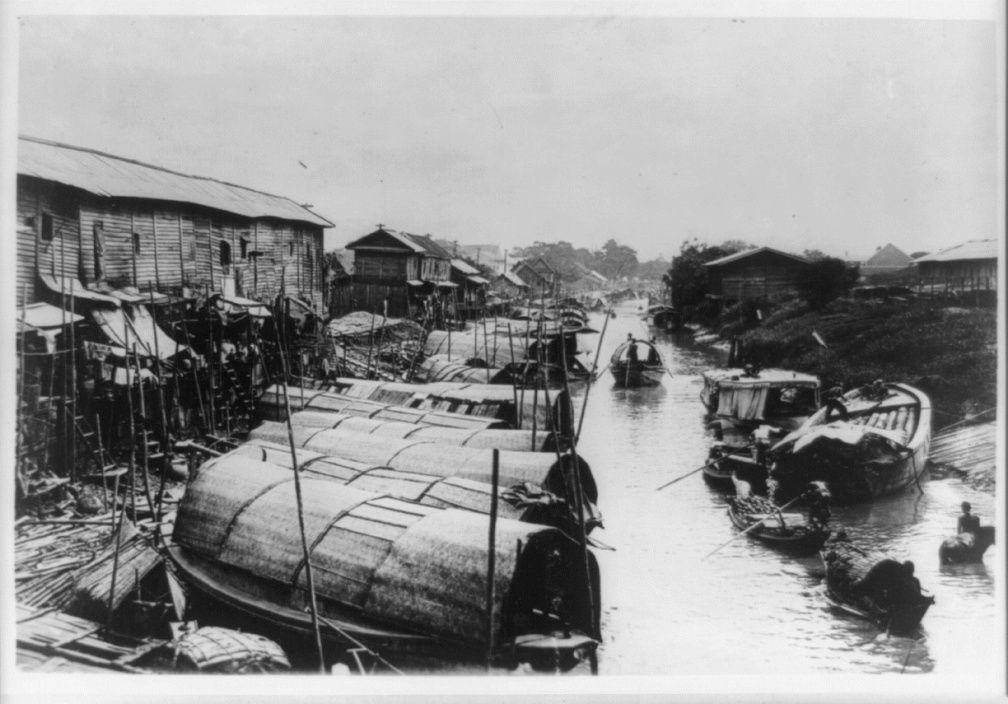
His trip to Bangkok inspired him to build a canal that was similar to the ones he saw in Bangkok. He planned to build a canal that could provide water to the paddy fields from the river and connect the villages in Kedah.
He also planned to place a water lock in the canal to control the flow of water to prevent flooding. This feature will ensure that fields are getting enough water from either the river or excess water from other fields. Sounds genius, innit?
Since Wan Mat Saman was no Bob the Builder, he consulted a planner, Embi, to plan the map of the canal. On top of that, he sought the expertise of two surveyors and two other officers from Thailand for technical advice.
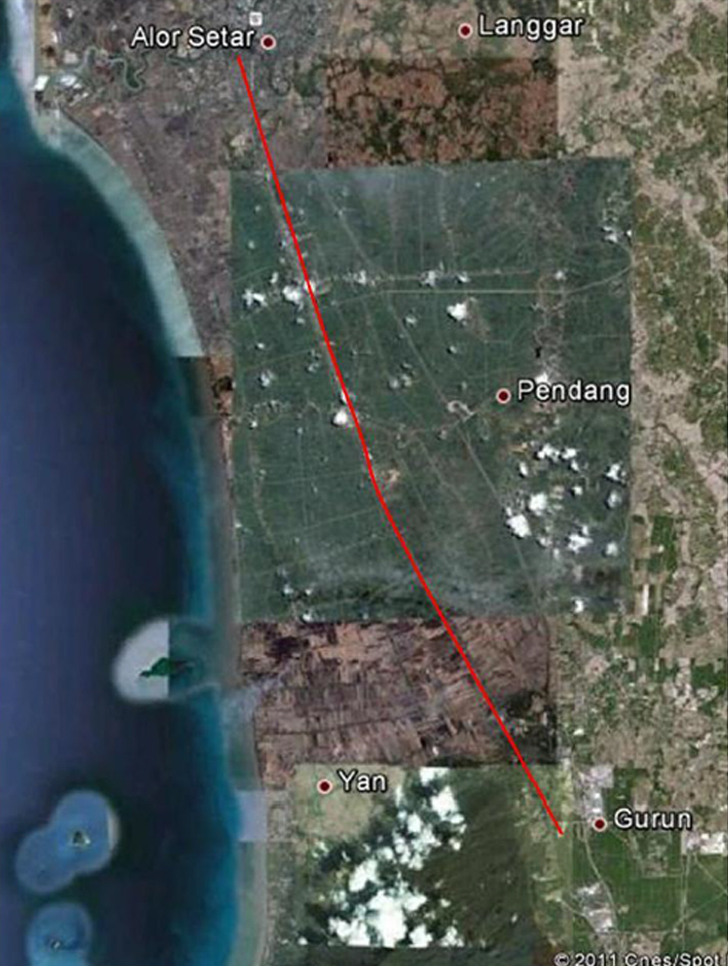
After proper planning, the canal was set to build in 1885. But the canal was only completed 11 years later because…
Terusan Wan Mat Saman was HANDMADE. No, literally.
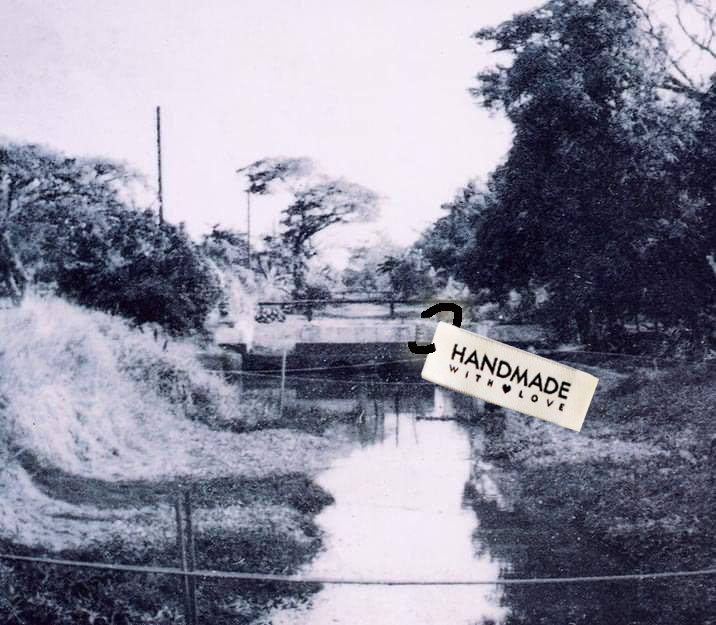
Terusan Wan Mat Saman was built by hand (using traditional tools like cangkuls and parangs) in three phases. The first two phases were built by Kedahans… by force.
“…a system of forced labour under which every ryot is compelled to work without payment for government, in return for which he is exempted from the payment of land rent.” – An excerpt from Wan Muhammad Saman Canal (1895-2015): Historical Relics and Its Potential as a Tourism Product journal.
Wan Mat Saman really used all the power bestowed upon him as the Prime Minister to implement Sistem Kerah onto his own people. Under this system, every abled person was made compulsory to build the canal while disabled and old people were forced to provide food for the rest.
The villagers were NOT paid at all and refusing this order would risk them getting heavily punished. On top of that, village leaders created a schedule to ensure that both the canal and rice production construction ran simultaneously.
This caused the villagers to be farmers by day and construction workers by night.
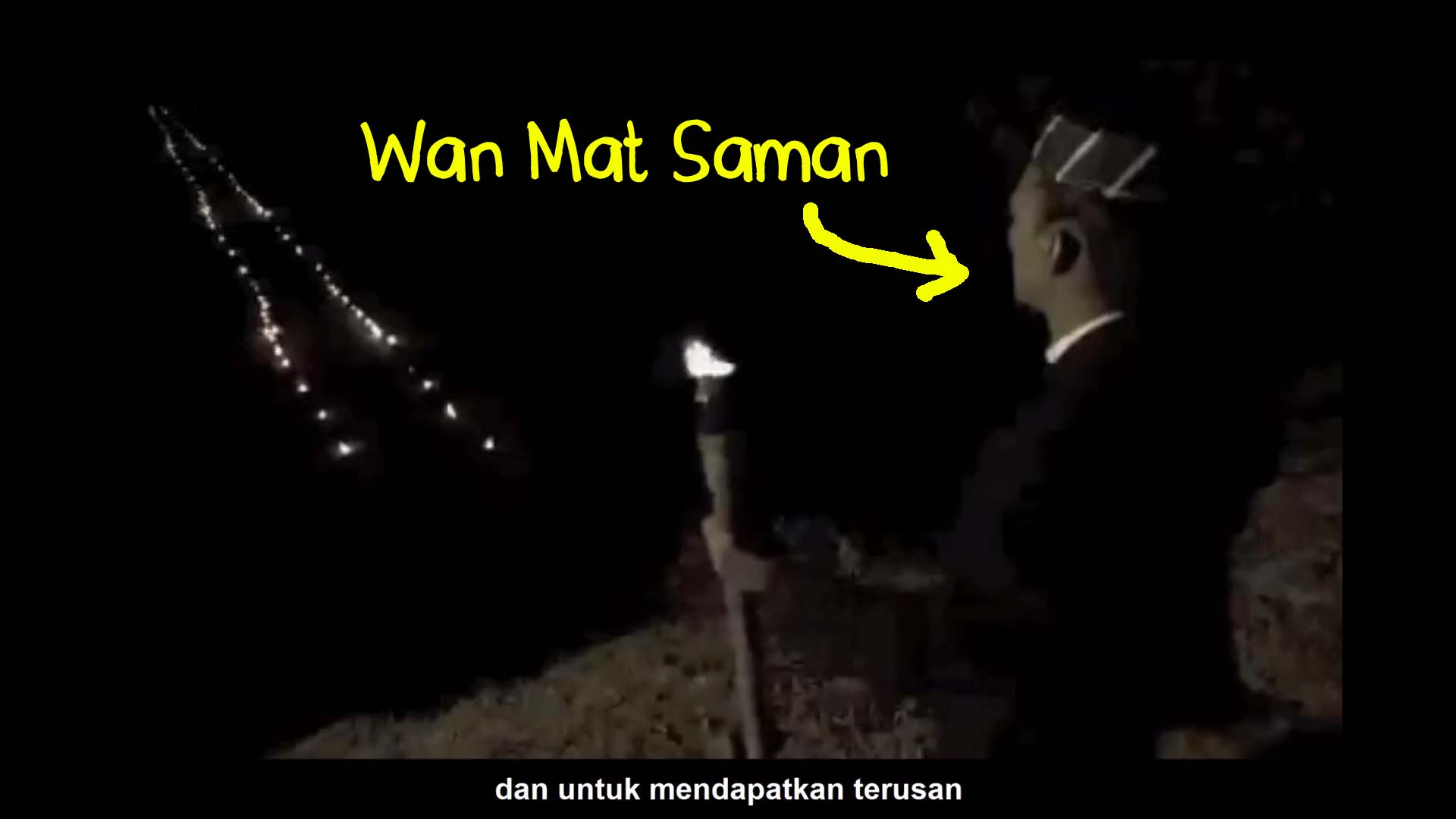
However, Wan Mat Saman’s method didn’t work for long seeing how some ciao-ed to Penang while others died from malaria. In fact, his method almost cost his life when some of the surviving workers assaulted him due to work stress.
When the construction of the canal entered phase 3, Wan Mat Saman found himself looking for more workers because the surviving ones didn’t wanna dig up the swampy areas. So, he hired Chinese workers for $2 to $3 per day.
But what he didn’t expect was how building this canal could be superexpensive 💸 💸 💸 that he ended up pokai.
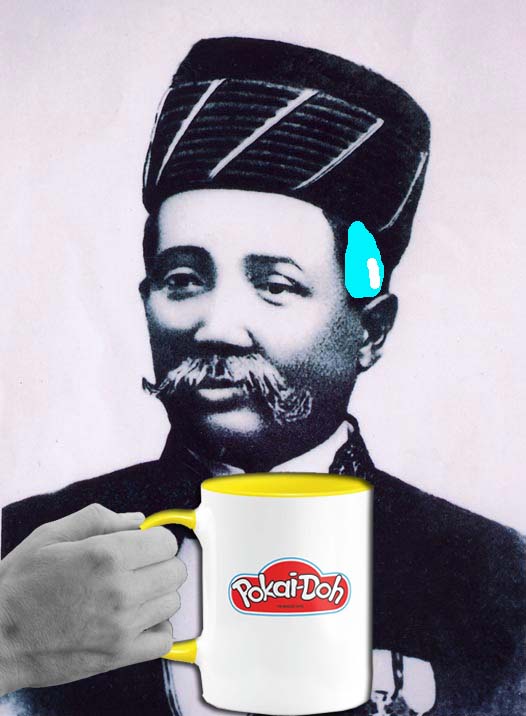
And because he was pokai, it only made sense why he wasn’t able to pay the Chinese workers. However, the Chinese workers didn’t see it that way. They thought that Wan Mat Saman wanted to enslave them, so they planned to murder him.
Thankfully, that bloody incident was prevented when Wan Mat Saman somehow managed to pay them with the money he got from selling all his belongings. After that, the canal soon sees its completion in 1895 and it helped boost Kedah’s rice production.
In fact, Kedah produced TOO much rice!

Thanks to this canal, many unattended lands in Kedah became paddy fields and rice became the state’s major export. As a matter of fact, the British didn’t really have to do much when it came to Malaya to boost the production of rice in Kedah besides cleaning and widening the canal.
The rice production in Kedah was doing so well that even the British govt in Penang was asking the state for some of its rice.
“The British sent 8 war ships (to Kedah) and forced Kedah to sell rice to Penang by using the barter system. In exchange for the rice given by Kedah, Penang gave its salt.” – Tuan Haji Baharuddin, historian in a documentary about Terusan Wan Mat Saman.
The production of rice continued to grow even after Malaysia gained its independence. It was reported that 40% of Malaysia’s rice export is produced by Kedah. Heck, Kedah produced the most rice in 2018!

Besides that, some highways in Kedah were built based on this canal. For instance, the road from Alor Setar to Gurun was said to be built based on the land that had been dug up. Other roads which lead to the south were also said to be built based on this canal.
Since Terusan Wan Mat Saman gave so much benefit to the Kedahans, the state govt imposed several rules on the villagers to preserve the canal. For instance, the villagers were prohibited from building bridges over the canal.
But that was then.
Terusan Wan Mat Saman is now a forgotten longkang
If you were to visit Kedah nowadays, the only part of the canal you may see is this…

…or this…
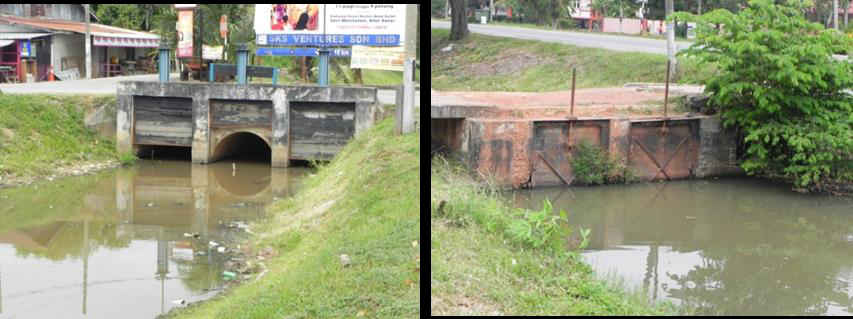
… and possibly this…
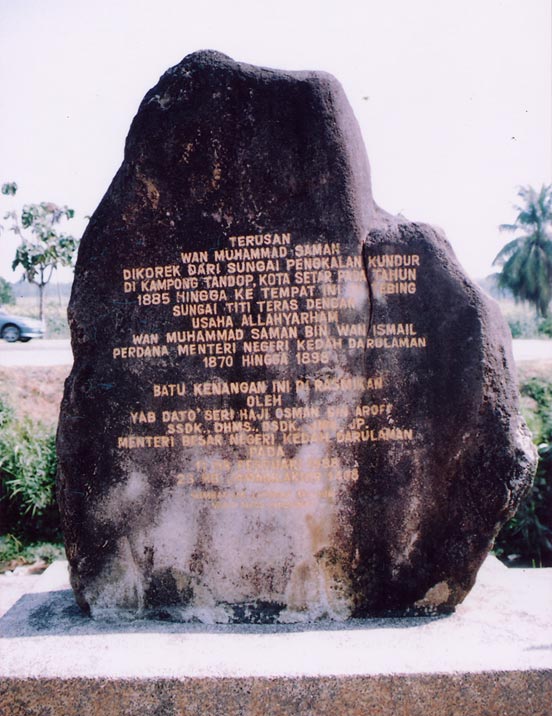
Terusan Wan Mat Saman’s glorious days are over. Not only does it now look like a longkang, but it also no longer serves its purpose as an irrigation canal anymore now that Kedah has the Muda Irrigation Scheme.
It also seems as though the villagers took no notice of the rules imposed on them anymore and that the govt agencies responsible for the canal aren’t doing much to restore the canal.
“The problem with overlapping power had caused the allocation for the canal to be distributed unequally. There are other issues involving bureaucracy, the construction of facilities and infrastructure (around the canal) that decreases the size of the canal.” – An excerpt from Wan Muhammad Saman Canal (1895-2015): Historical Relics and Its Potential as a Tourism Product.
In fact, the Kedah state govt reportedly stated that it didn’t have sufficient allocation to maintain the canal since the state govt has to do things according to its priority. However, nothing much was said ever since.
Although the Terusan Wan Mat Saman is no longer in its glorious state now, it may be worth remembering that it once kickstarted Kedah’s journey as Jelapang Padi Malaysia.
If you enjoyed this story and want more like this, please subscribe to our HARI INI DALAM SEJARAH Facebook group.
- 1.3KShares
- Facebook1.3K
- Twitter6
- LinkedIn5
- Email4
- WhatsApp21



